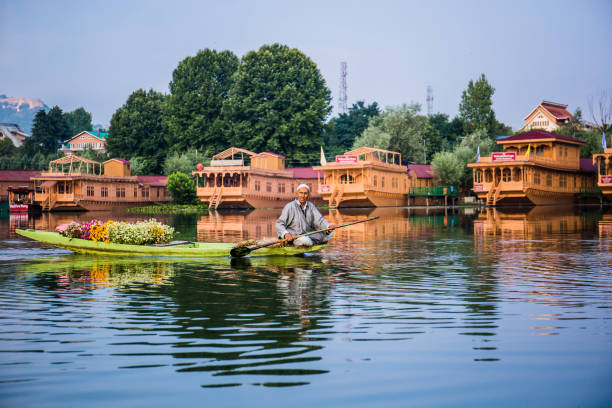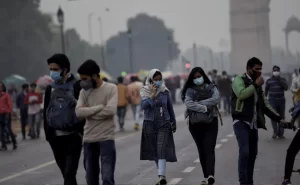
With a maximum temperature of 15°C—the highest in 20 years—Kashmir is warmer than Delhi. The maximum temperature in Srinagar, Kashmir, on Saturday was 15 degrees Celsius, the highest for the month of January in the previous 20 years.
The weather patterns in the Kashmir Valley are changing dramatically; in January, there was an astounding 100% decrease in snowfall.
At numerous sites in the valley, the temperature has risen by 6 to 8 degrees Celsius over average due to the extended dry spells that have occurred without any snowfall on the plains of Kashmir.
There is more mercury than in most other northern regions of the nation. With a low of just 3.5 degrees Celsius on Sunday, Delhi saw its coldest dawn of the winter season.
The weather service responded to the anomalous weather patterns by stating that sudden temperature changes had become more often recently. These situations also occur during the summer.
However, there is anticipation that a new western disturbance may strike Jammu and Kashmir in the coming days, bringing with it the first snowfall of the season as well as a fresh spell of snowfall.
IMPACT OF TOURISM
The potential consequences of climate change extend to snow-related winter activities including snowboarding, cross-country skiing, and skiing. For this reason, Kashmir’s tourism industry has been impacted by the region’s delayed snowfall.
Originally slated for January, winter sports activities have also been pushed back at Gulmarg, a hill resort in north Kashmir that was once blanketed in snow around this time of year.
Hotel reservations have also been canceled as a result of the dry spell, particularly in Gulmarg, which used to be crowded with visitors throughout the winter.































